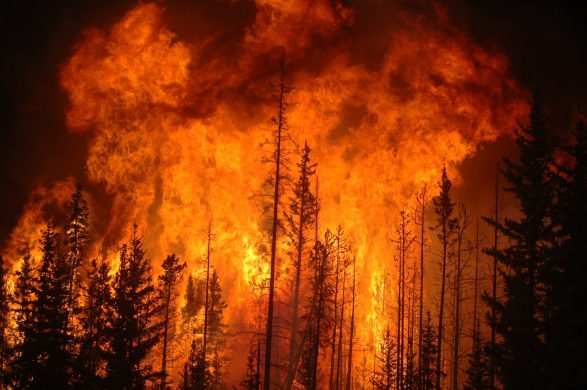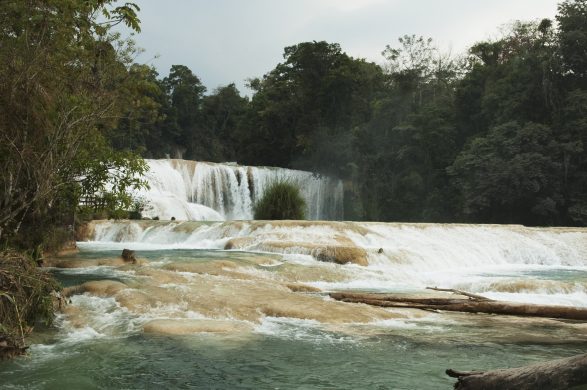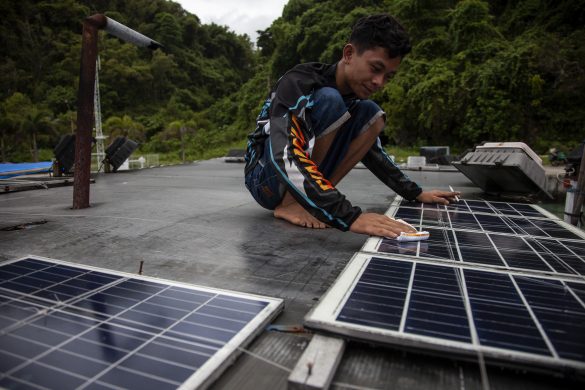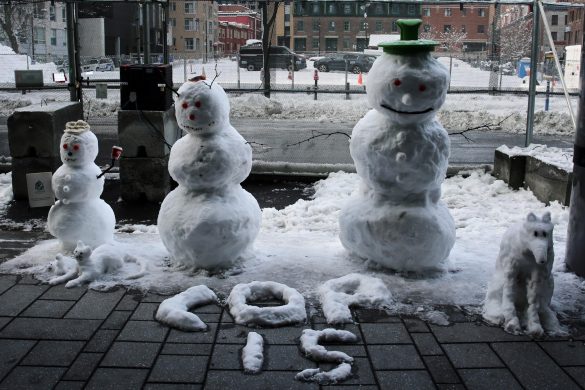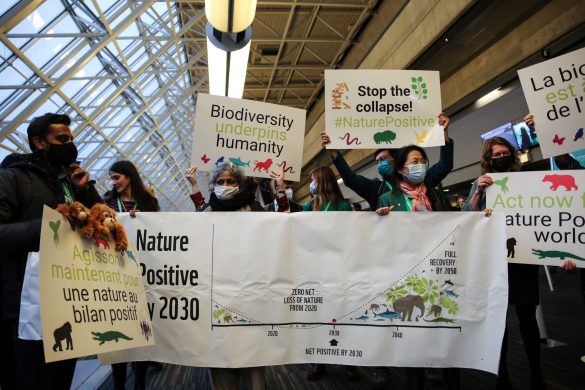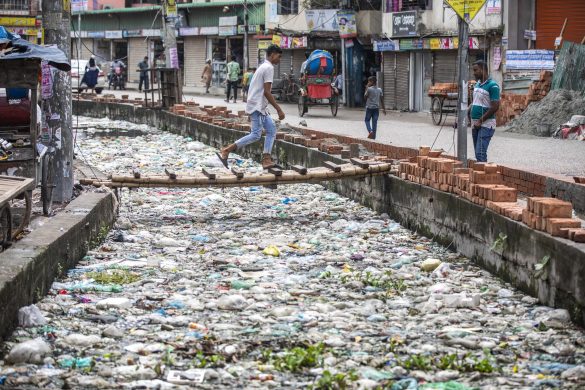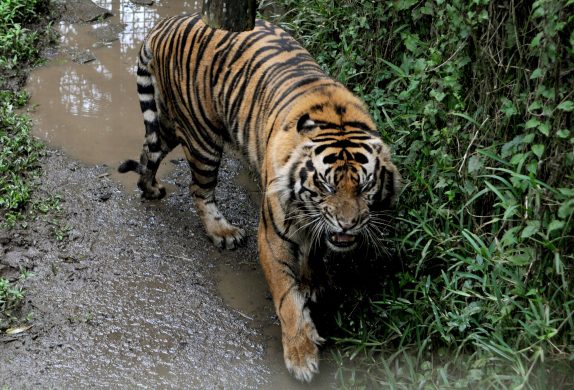According to estimates released this week by Guido van der Werf on the Global Fire Emissions Database, there have been nearly 100,000 active fire detections in Indonesia so far in 2015, which since September have generated emissions each day exceeding the average daily emissions from all U.S. economic activity.
Following several recent intense outbreaks of fires—in June 2013, March 2014 and November 2014—the country is now on track to experience more fires this year than it did during the 2006 fire season, one of its worst on record.
Global Forest Watch Fires shows that more than half of these fires have occurred on peatland areas, concentrated mainly in South Sumatra, South and Central Kalimantan, and Papua. These regions continue to suffer major fires as the fire alerts density map below shows, with few signs that occurrences are diminishing.
The burning of tropical peatlands is so significant for greenhouse gas emissions because these areas store some of the highest quantities of carbon on Earth, accumulated over thousands of years. Draining and burning these lands for agricultural expansion (such as conversion to oil palm or pulpwood plantations) leads to huge spikes in greenhouse gas emissions.
Fires also emit methane, a greenhouse gas 21 times more potent than carbon dioxide (CO2), but peat fires may emit up to 10 times more methane than fires occurring on other types of land.
Taken together, the impact of peat fires on global warming may be more than 200 times greater than fires on other lands.
Læs videre på World Resources Institutes hjemmeside på linket nedenfor.

